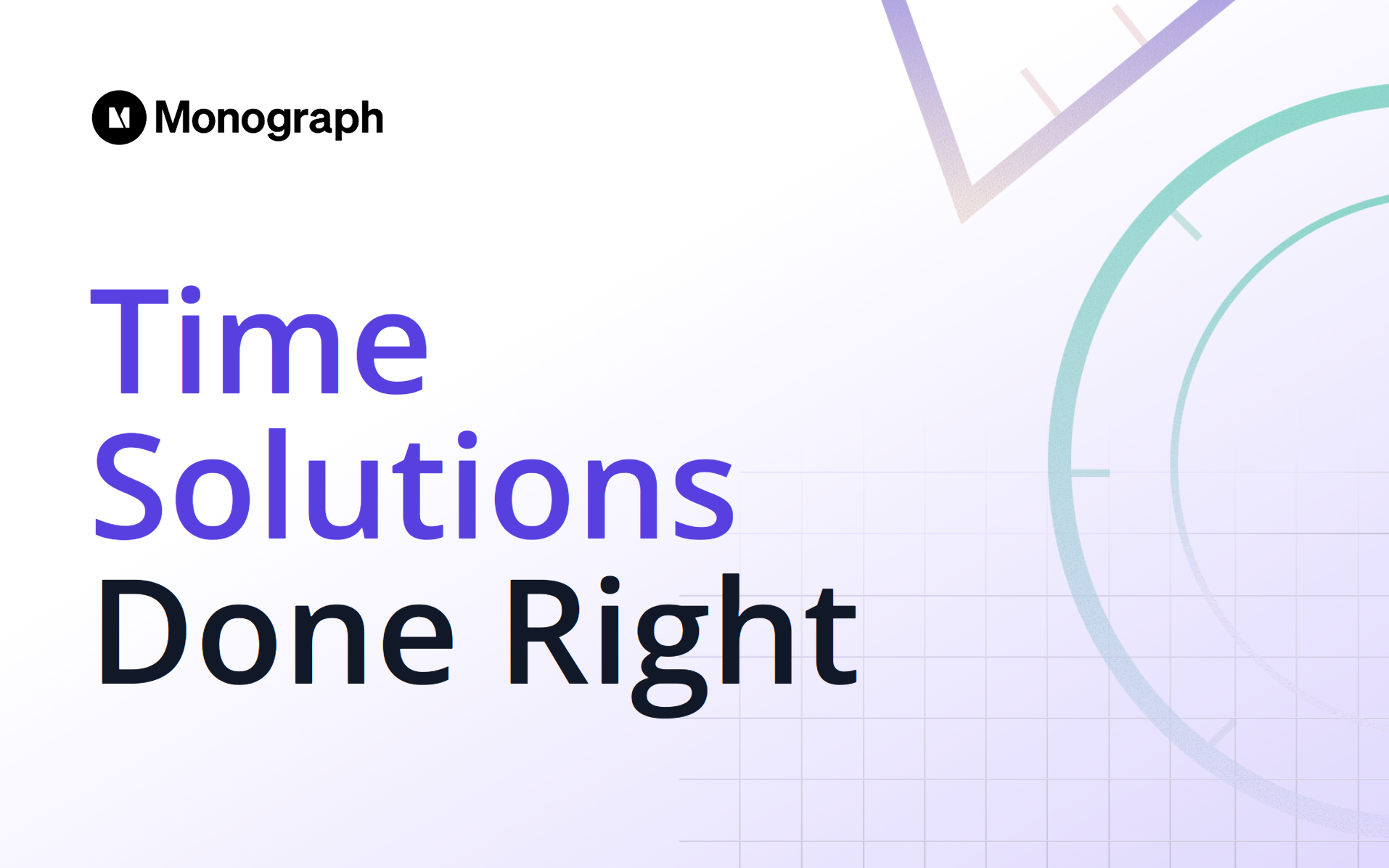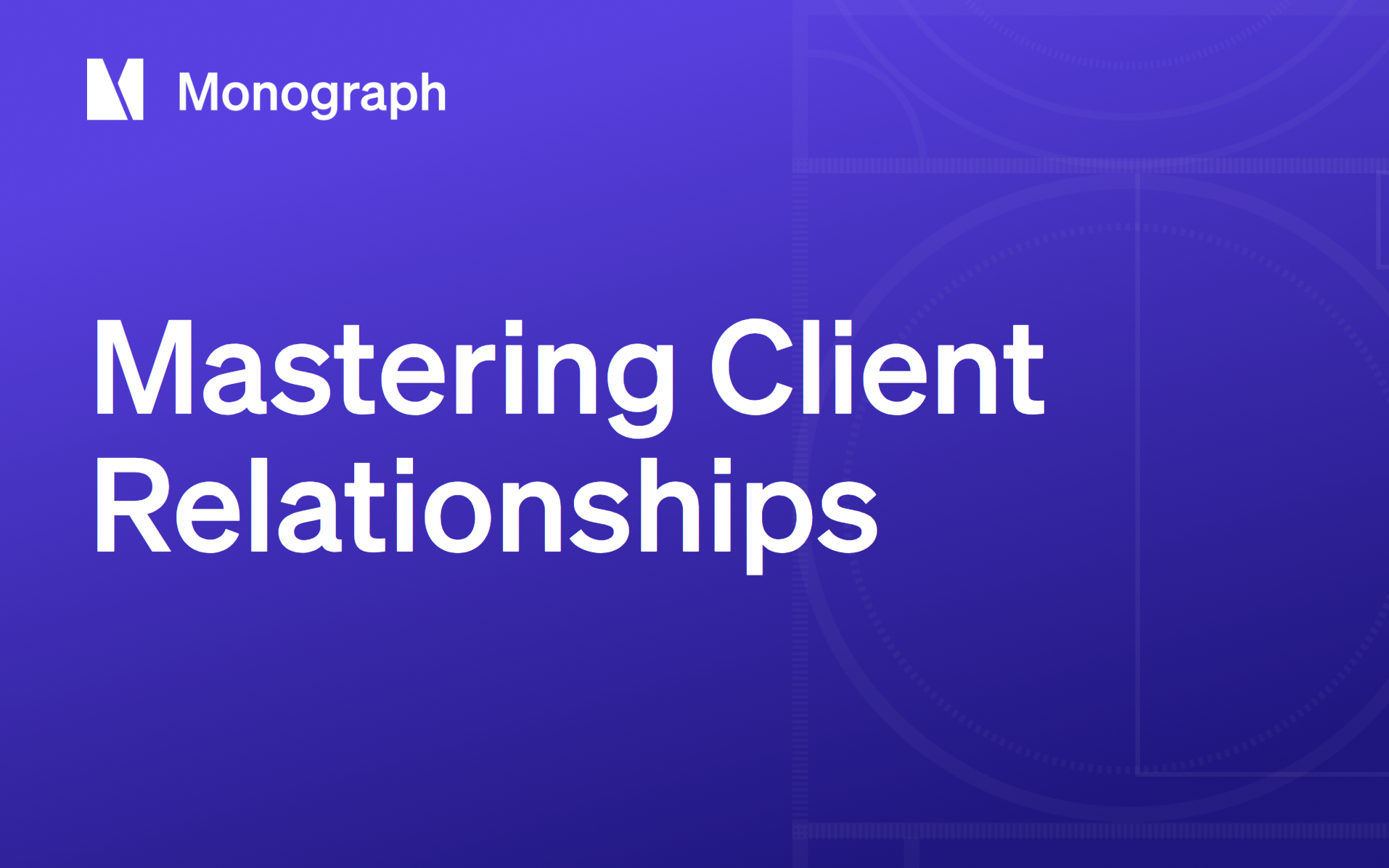Contents
If engineering firms are still hunting for handwritten timesheets at the end of every week, they're not alone. Most engineering firms continue to rely on manual entry, a habit that invites errors, omissions, and late submissions that chip away at both profit and sanity. Each missing hour, or mis-typed decimal, feeds unreliable data, which then ripples through project analysis, future bids, and even staffing plans.
Worse, when time records are patchy, it's nearly impossible to pinpoint where deadlines slip or budgets bleed. Without real-time, trustworthy numbers, firms can't see the workflow inefficiencies or resource shortages that cause bottlenecks until they're already expensive. The result is a familiar story: frustrated project managers, eroding margins, and clients who start to doubt the schedule before the ink is dry on the next change order.
This evaluation examined fourteen different platforms to find out which ones actually fit the way engineers work. The evaluation focused on seven critical areas: time-tracking capabilities for both timer and manual entry, timesheet features and approval workflows, reporting and analytics that turn hours into insight, cost tracking and clean hand-off to invoicing, integration with existing project-management stacks, user experience that won't drive teams back to spreadsheets, and compliance features for labor laws, audits, and multi-rate contracts.
The goal was simple: identify software that handles real engineering headaches, phase-based projects, multi-rate billing, consultant coordination, and field work where connectivity comes and goes. Four clear winners emerged from this evaluation: Apploye takes the lead for small firms that need scheduling and time tracking in one place; Replicon excels for enterprise-grade billing and business intelligence; TimeCamp wins for plug-and-play integration and compliance capabilities; and Monograph leads overall for A&E firms that need purpose-built project management with integrated time tracking.
One way to think about the right suite for you is to consider the size of your business, which lets you balance the complexity and expense of your choice.
Best for Small Firms: Apploye
For engineering firms with 5 to 50 people seeking a simpler solution, Apploye delivers minute-by-minute tracking with automated payroll. This stops firms from burning expensive design talent on administrative tasks and ensures they bill every hour they earn.
Apploye separates billable client work from non-billable R&D, QA, or project management without complex setup. Field crews can track hours on their phones even without cell coverage because the app stores data offline and syncs when they reconnect. In the office, desktop timers capture design revisions while manual editing lets teams clean up entries that slip through.
Hours flow directly into automated payroll and invoice drafts through Apploye's integrated features. Randomized screenshots and activity tracking provide light verification for distributed teams without micromanaging. Projects carry their own budgets, tasks, and team assignments, letting firms monitor hours versus fees the same way they'd monitor load versus capacity in structural analysis.
Pricing stays straightforward with per-user rates, annual discounts, and a free trial. No hidden modules or expensive implementation packages.
Here's where Apploye transforms engineering practices: Built-in payroll means site hours hit pay stubs automatically, eliminating weekend spreadsheet work; offline capture keeps field crews tracking hours 40 miles from Wi-Fi. One system handles multiple concurrent projects without losing track of who did what; screenshot verification gives project managers confidence when teams work remotely.
The trade-offs are manageable but worth noting. The interface prioritizes function over form, so non-technical staff may need initial guidance. Some engineers object to screenshots and activity monitoring, requiring clear communication about data use. Unlike purpose-built A&E platforms, it lacks phase-based project structure and consultant coordination features.
If firms want scheduling, payroll, and invoicing in one system without connecting multiple platforms, but don't need A&E-specific workflows, test Apploye.
Best for Enterprise-Grade Billing & Business Intelligence: Replicon
If firms are running a 150-person engineering consultancy, they need more than a simple tracker; they need a system that turns every hour into business intelligence. That's why Replicon works: it treats hourly data like structural loads as critical information that feeds every downstream decision.
Replicon handles multi-level project structures that match phase-based engineering work. Firms can nest tasks inside sub-projects, apply different rates for each role, and see rolled-up budget positions in real time. The data connects directly to Tableau, Power BI, or BigQuery, so finance teams can analyze it without manual exports.
Billing flexibility is where Replicon shines: bill by client, project, role, or individual task, each in different currencies if needed. Rule-based invoicing pulls approved hours and expenses automatically, so invoices go out while project managers are still on site. The system validates entries against predefined rules, which means no more chasing engineers for missing descriptions or fixing decimal errors on billing day.
Replicon's Time Intelligence builds forecasts on historical labor data to spot capacity gaps before they kill schedules; overtime calculations adjust to local labor codes automatically, which is helpful when projects cross state lines. The audit trail captures every edit, approval, and invoice line, keeping both procurement and finance happy.
The tradeoff: implementation takes planning, especially with legacy ERP integrations. Smaller teams without IT support will find the setup heavy and the cost harder to justify. If projects are simple time-and-materials contracts, this depth feels like overkill. Unlike A&E-specific platforms, it requires significant customization to match design and engineering workflows.
For firms managing dozens of concurrent projects across multiple offices with variable contract models, Replicon delivers clarity no spreadsheet can match: real-time margin visibility, global billing capability, and integrations that turn hourly data into strategic information.
Choose Replicon when firms are ready to operate with the systems their size demands: data-driven, audit-ready, and capable of turning every engineering hour into profitable insight.
Best for Integration Flexibility & Compliance: TimeCamp
When engineering teams run on Jira, Revit, and Microsoft Teams, the last thing they need is another system creating data silos. TimeCamp solves this by connecting with over 100 existing tools without forcing a complete workflow overhaul. Teams get audit-ready records for client and regulatory requirements while working in familiar environments.
TimeCamp integrates directly with project management tools, letting engineers start timers from OpenProject tasks or YouTrack tickets without switching applications; the Microsoft Teams integration means teams can track hours without leaving conversation threads. This eliminates the double-entry that kills adoption in most implementations.
Compliance becomes automatic: TimeCamp captures start times, breaks, and overtime in the background, creating exportable audit trails that satisfy labor law and client contract requirements. Granular permissions protect sensitive project data, something essential when handling both commercial and government contracts.
Field crews track hours from mobile devices while office staff use desktop widgets; offline mode queues entries until connectivity returns, bridging the gap between jobsite and headquarters. Approved hours flow directly into invoices or connect to accounting software through pre-built integrations.
TimeCamp's limitations become apparent if firms need sophisticated business intelligence: built-in dashboards show billable versus non-billable hours, project burn rates, and utilization, but predictive analytics require exporting data to separate BI tools. TimeCamp won't replace comprehensive project management; Gantt charts and RFI tracking live elsewhere in the stack. It also lacks the A&E-specific features like phase-based project structure and consultant coordination.
For 50- to 300-person engineering firms with established technology ecosystems, this trade-off makes sense: firms eliminate late timesheets, patch compliance gaps, and connect disconnected tools without a six-month integration project. If manual entry and system incompatibility slow projects, TimeCamp provides the fastest path to accurate tracking without disrupting productive workflows.
To find a best choice for firms of varying size that would include the major components of these narrower choices, you need an option that combines time tracking, multi-rate billing, visual intelligence for spend vs. budget and utilization tracking.
Best Overall for A&E Firms: Monograph
For engineering and architecture firms with 5 to 150 people, Monograph delivers more than time tracking: it's the only practice management platform built by architects and engineers who understand daily workflow challenges.
Think of project tracking like a building's structural system: invisible but essential for everything else to work. Monograph handles phase-based projects the way firms actually work, from schematic design through construction administration, with multi-rate billing that accommodates principals, project managers, and junior staff without complex setup.
The signature MoneyGantt™ feature provides instant visual intelligence: firms see project budget versus actual spending in real-time, overlaid on project timelines. Unlike traditional Gantt charts, MoneyGantt™ transforms complex financial data into simple visual insights that help firms spot budget overruns before they become expensive problems.
Field crews can track hours on mobile devices even without cell coverage because the app stores data offline and syncs when connectivity returns. In the office, desktop timers capture design revisions while manual editing lets teams clean up entries that slip through. Hours flow directly into invoices through integrated billing features that understand A&E workflows.
Here's where Monograph transforms engineering practices: Built-in consultant coordination means external team billing stays organized; utilization tracking by role monitors senior engineer time versus junior staff efficiency across all active projects. One system handles multiple concurrent projects without losing track of who did what, and real-time project profitability alerts teams when budgets hit critical thresholds.
The platform integrates seamlessly with QuickBooks Online, eliminating double-entry between project management and accounting. Built-in payment processing through Stripe reduces payment cycles, and capacity planning lets firms see what teams will be working on 3-6 months out.
As Madison Perez from BRNS Design explains: "We used other software for time tracking, but kept track of profitability, schedules, project teams, invoicing, and consultant billing in a million other places and platforms. With Monograph, the reporting has made us become more consistent on all our projects. We can see what projects are falling behind and what projects are most profitable."
If firms want practice management and time tracking built specifically for A&E workflows, with the founder-led innovation that comes from people who've actually run design firms, test Monograph first.
Choosing the Right Tool for Your Firm
Start with current reality: a tight 20-person structural shop needs different tools than a 300-engineer consultancy managing highway projects across three states.
For A&E firms of any size, Monograph handles the essentials with industry-specific understanding: phase-based projects, consultant coordination, and integrated practice management. The MoneyGantt™ visual intelligence helps firms spot budget issues before they become client conversations, and real-time utilization tracking keeps teams profitable.
For teams under 50 people seeking a simpler solution, Apploye handles the basics without the complexity: scheduling, payroll, and invoicing live in one dashboard. The offline tracker syncs when field engineers' laptops finally connect to Wi-Fi, eliminating the hunt for missing hours from site visits.
Once firms hit 150+ people, simple solutions won't scale; Replicon connects live timesheet data directly to Power BI or Tableau. Multi-currency billing means firms can price that bridge design in euros while paying Calgary teams in Canadian dollars, without touching a spreadsheet.
Mid-size firms often have tools they can't live without: Jira for tracking issues, Teamwork for project coordination, QuickBooks for the books. TimeCamp plugs into existing stacks with 100+ integrations and audit-ready logs that satisfy the most demanding client contracts.
When evaluating platforms, firms should run through these checkpoints:
- A&E workflow understanding: Does it handle phase-based projects, consultant coordination, and multi-rate billing the way firms actually work? Purpose-built solutions understand daily challenges.
- Billable separation: Can it distinguish billable from non-billable work without extra clicks? Leaky hours drain margins even in well-run firms.
- Project breakdown: Does it divide projects into tasks and phases so firms catch overruns early? Granular tracking prevents manageable hiccups from becoming midnight crises.
- System integration: Will it connect to current apps? Data duplication kills adoption faster than bad user interfaces.
- Field capability: How well does it work on jobsites? Mobile and offline capture isn't optional for crews working without reliable connectivity.
- Real-time reporting: Does it show cost versus budget live, or are teams still exporting to Excel every Friday? Live visibility prevents unpleasant client conversations.
Stop Fighting Time-Tracking Software Built for Other Industries
Most time-tracking software treats engineering work like generic consulting; firms end up fighting systems built for lawyers or marketing agencies, trying to force phase-based projects into hourly buckets that don't make sense.
Engineering firms need software that thinks like they do: projects with phases, deliverables with deadlines, and teams that include both internal staff and external consultants. They need real-time visibility into project health without hunting through five different systems.
Monograph handles A&E workflows the way firms actually work; built by architects and engineers who understand daily challenges, Monograph delivers time tracking, project management, and financial insights in one integrated platform. No more spreadsheet coordination, no more missing consultant hours, no more budget surprises.
Engineering firms' time is too valuable to waste on systems that don't understand their work. Get started with Monograph.
Frequently Asked Questions
What's the difference between time tracking and project management software?
Time tracking software focuses on capturing billable hours, while project management handles schedules, tasks, and deliverables; most engineering firms need both capabilities integrated. Monograph combines time tracking with phase-based project management specifically designed for A&E workflows, eliminating the need for separate systems.
How do firms get their teams to actually use time-tracking software?
Firms should choose software that fits existing workflows instead of forcing teams to change; look for tools with offline mobile capture for field work, timer integration with design software, and simple manual entry for when timers aren't practical. The easier it is to track time, the more likely teams will use it consistently.
Should firms track time on non-billable work like business development and training?
Yes; non-billable hours are part of true project costs and help firms understand real utilization rates. Track BD, QA/QC, training, and admin time separately so firms can see total capacity and make informed decisions about staffing and project scheduling.
Can time-tracking software integrate with existing accounting systems?
Most modern time-tracking platforms integrate with QuickBooks, Xero, and other accounting software to eliminate double-entry; look for tools that sync billable hours directly to invoices and push project costs to general ledgers automatically. This saves hours of manual reconciliation every billing cycle.
How accurate does time tracking need to be for engineering projects?
For fixed-fee projects, firms should track time in 15-minute increments to spot budget overruns early; for time-and-materials contracts, 6-minute increments are standard for legal billing requirements. The key is consistency: pick an increment that works for contracts and stick with it across all projects and team members.





